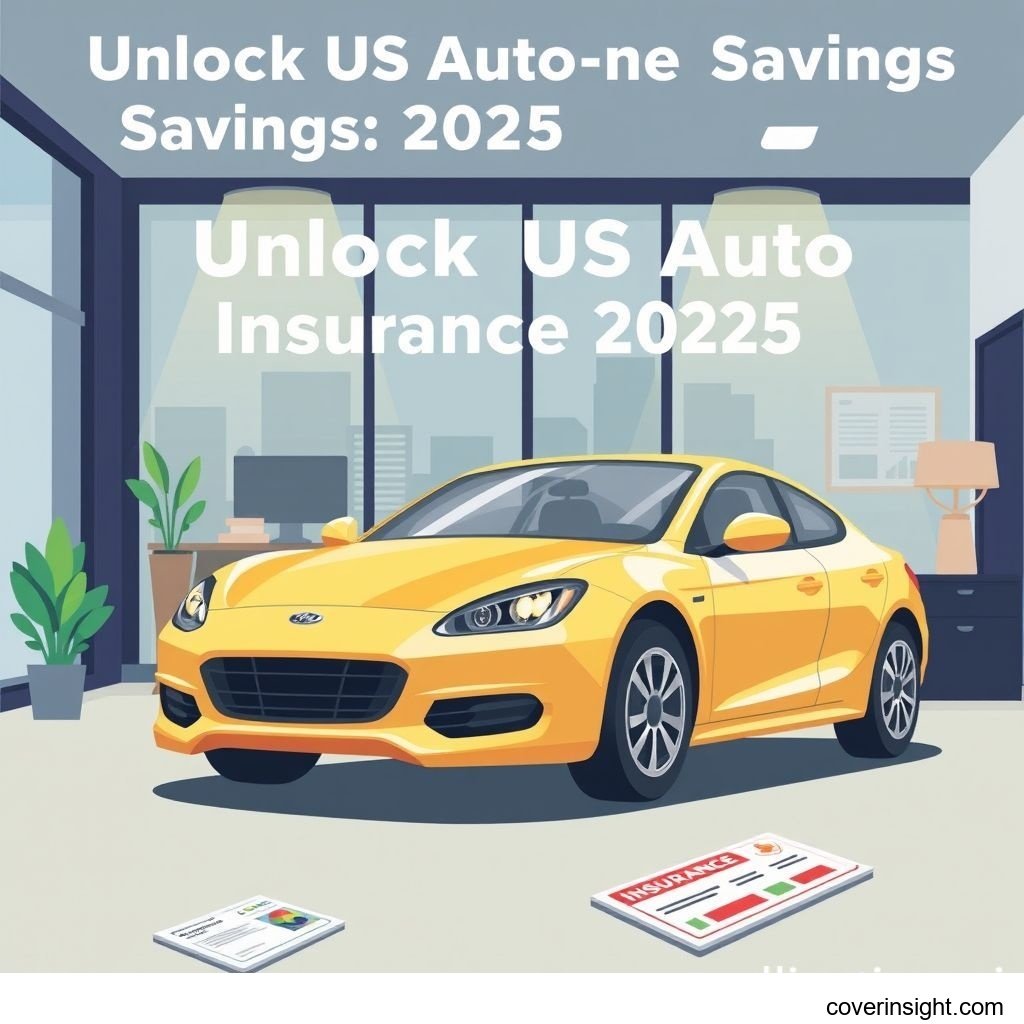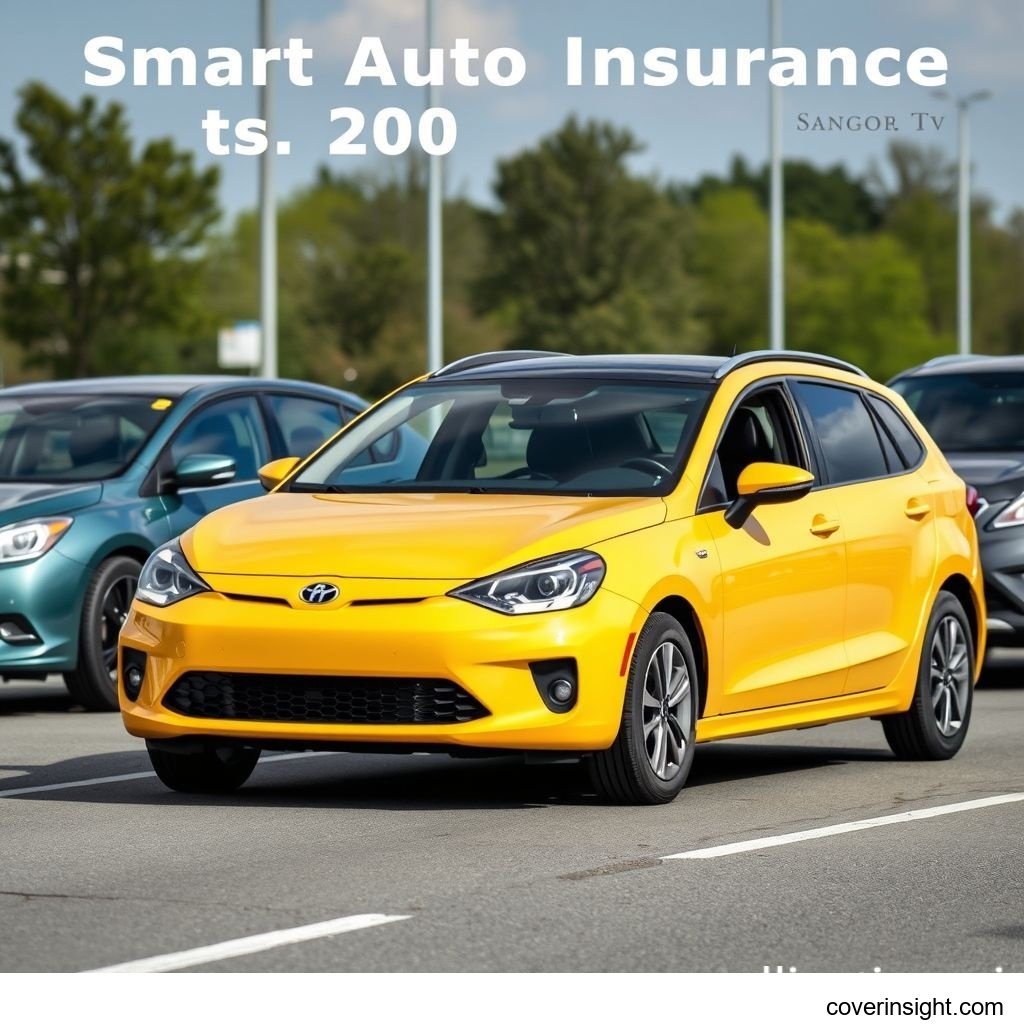Introduction
As we navigate through 2025, securing smart auto insurance quotes for US drivers isn't just about ticking a box; it's a vital financial decision that protects you, your passengers, and your assets on the road. The landscape of auto insurance is constantly evolving, influenced by everything from advanced vehicle technology and evolving traffic patterns to economic shifts. With the average cost of car insurance in the US seeing significant fluctuations, finding the right coverage at a competitive price is more important than ever. It’s about more than just finding the cheapest premium; it's about securing comprehensive protection tailored to your unique needs, ensuring peace of mind whether you're commuting to work or embarking on a cross-country adventure. For a deeper dive into maximizing your savings, check out our guide on [Smart Auto Insurance Quotes US 2025: Save Big!].
Coverage Details
Understanding what your auto insurance policy covers – and what it doesn't – is crucial. It’s not just legal jargon; it’s the fine print that protects your financial well-being after an accident.
What’s Included
Most standard auto insurance policies in the US offer a combination of core coverages. Liability coverage is foundational, typically split into bodily injury liability (BI) and property damage liability (PD). BI covers medical expenses and lost wages for others if you're at fault in an accident, while PD covers damage to their vehicle or property. Almost every state mandates a minimum amount of liability coverage.
Beyond liability, many drivers opt for collision coverage, which pays for damage to your own vehicle resulting from a collision with another car or object, regardless of who's at fault. Comprehensive coverage protects against non-collision incidents like theft, vandalism, fire, natural disasters, or hitting an animal.
Depending on your state, you might also find Personal Injury Protection (PIP) or Medical Payments (MedPay), which cover medical expenses for you and your passengers after an accident, regardless of fault. Lastly, Uninsured/Underinsured Motorist (UM/UIM) coverage is a smart addition, protecting you if you're hit by a driver who has no insurance or insufficient coverage to pay for your damages. This is particularly relevant given that, according to a 2023 study by the Insurance Research Council, roughly one in eight drivers nationwide is uninsured, making UM/UIM coverage a critical safety net.
Common Exclusions
While comprehensive, policies aren't all-encompassing. Common exclusions often include intentional damage (e.g., road rage incidents), damages incurred while using your vehicle for ride-sharing or commercial purposes without specific commercial insurance, and pre-existing damage or normal wear and tear. Policies generally won't cover personal belongings stolen from your car (which falls under homeowners or renters insurance), or damages from racing or illegal activities. It's always wise to review your policy document thoroughly to understand the specific limitations and exclusions.
Cost Analysis
The price tag on your auto insurance quote can feel like a moving target. Understanding the elements that influence it is key to finding ways to reduce your premium without compromising on essential protection.
Price Factors
Several elements weigh heavily on your auto insurance premiums. Your driving record is paramount; a history of accidents or traffic violations will almost certainly lead to higher rates. Your age and experience also play a significant role, with younger, less experienced drivers typically facing higher premiums. Where you live, your location, matters too: urban areas with higher traffic density and crime rates often have more expensive insurance than rural areas.
The type of vehicle you drive, its safety features, repair costs, and likelihood of theft all factor in. Furthermore, your credit score (in most states, where legally permissible) can influence your rate, as insurers often use it as a predictor of financial responsibility. Finally, the deductible you choose and the coverage limits you set will directly impact your premium – higher deductibles and lower limits generally mean lower premiums, but also more out-of-pocket expenses if a claim arises.
Saving Tips
Saving money on auto insurance doesn't have to feel like a wild goose chase. A prime strategy is comparison shopping. Don't just stick with your current provider; get quotes from multiple insurers annually. Many companies offer discounts for bundling policies (e.g., auto and home insurance), maintaining a clean driving record, or even taking defensive driving courses. Consider telematics programs, where a device or app monitors your driving habits, potentially rewarding safe drivers with lower rates. Raising your deductible can lower your premium, but ensure you can afford the higher out-of-pocket cost if a claim occurs. Lastly, reassess your coverage needs; if you have an older car, you might consider dropping collision and comprehensive coverage if the vehicle's value doesn't justify the cost. For more comprehensive advice, explore resources like [Insurance Resources Global] or visit your state's Department of Insurance website via [State Insurance Departments].
Based on my experience living in the US, I’ve seen firsthand how a little bit of proactive research can go a long way. I once helped a friend, let's call her Sarah, who was paying an exorbitant amount for her car insurance in Los Angeles. She had been with the same insurer for years, never questioning her policy. After we spent an afternoon getting quotes from three other providers and re-evaluating her coverage, she was able to cut her annual premium by nearly $600 just by switching to a different insurer and adjusting her deductible slightly. It truly felt like finding hidden money, and it underscores how much variation there can be in the market.
FAQs
-
How much does auto insurance quote cost?
The cost varies widely based on numerous factors like your location, driving history, vehicle type, age, and desired coverage limits. It can range from a few hundred dollars to several thousand per year. For specific insights relevant to your area, checking out your local [US Insurance Home] resources is a good starting point.
-
What affects premiums?
Key factors include your driving record (accidents, violations), age, credit score (in most states), location, vehicle make and model, annual mileage, deductible amount, and the types and limits of coverage chosen.
-
Is it mandatory?
Yes, almost every U.S. state requires drivers to carry at least minimum liability auto insurance. New Hampshire is a notable exception, though drivers there must prove financial responsibility if they cause an accident.
-
How to choose?
Start by assessing your needs (e.g., vehicle value, driving habits). Then, compare quotes from multiple insurers, review their coverage options, financial strength ratings, and customer service reviews. Balance cost with adequate protection.
-
Consequences of no coverage?
Driving without insurance can lead to severe penalties, including hefty fines, license suspension, vehicle impoundment, and even jail time in some states. More critically, you would be personally liable for all damages and injuries if you cause an accident, which could lead to significant financial ruin.









Comments